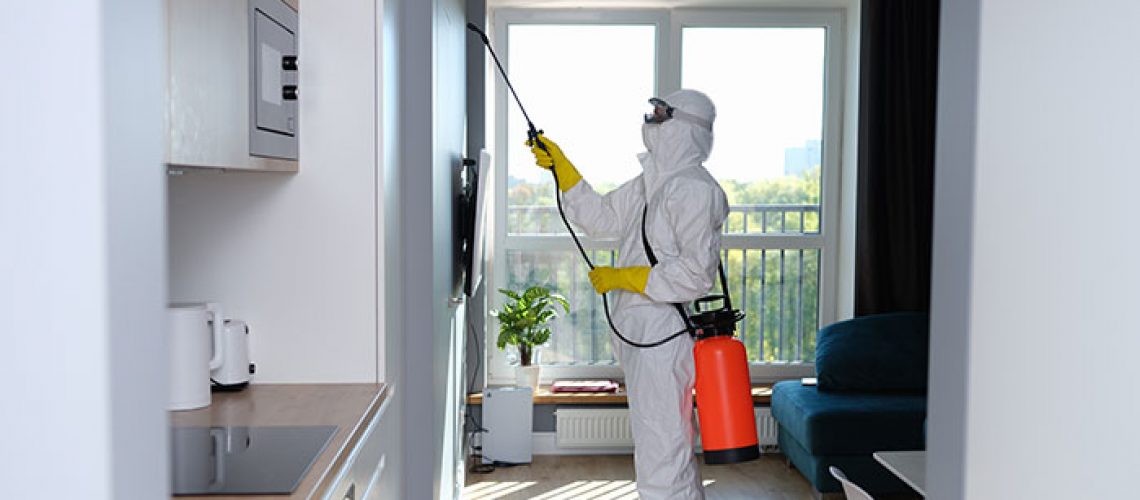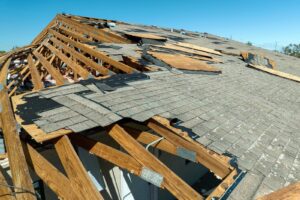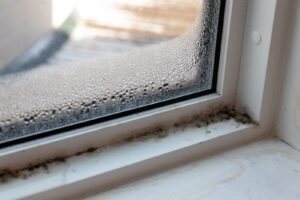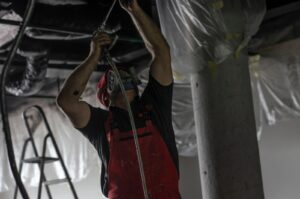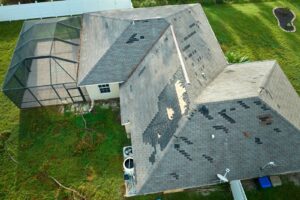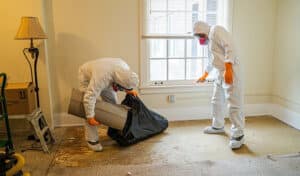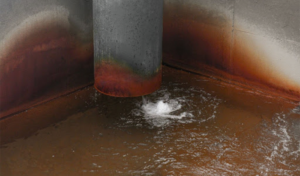Learning how to get rid of mold is tricky, especially when you’re dealing with mold in fireplace bricks or other hard-to-reach places. It can often be difficult to tell if mold is growing within your home. While you would probably notice if mold were growing on your walls or in your bathroom sink, there are many places where mold thrives that can be more difficult to detect.
Mold in fireplaces is a risk to homes and their residents. It’s essential to learn how to clean mold from bricks to keep your home and family safe from an overwhelming mold infestation. Here’s everything you need to know about how to get rid of mold in your fireplace.
Why Does Mold Grow In Fireplaces?
Fireplaces and chimneys are a common risk for mold growth, especially ones that aren’t used very often. Brick is a porous material, so mold can spread quickly through the fireplace and even work its way to other parts of your home when it gets wet.
Mold thrives in damp, dark areas with poor ventilation. Considering that, is there any wonder a damp fireplace would be the perfect place for mold to set up camp? Dry chimneys aren’t at the same risk for mold as those with moisture inside. That’s why it’s recommended that chimneys have a chimney cap and screen to prevent water from working its way inside.
The outsides of fireplaces can also be susceptible to mold, especially in humid environments. The good news is that it’s typically much easier to remove mold from the outside of fireplaces than from the inside.
Prevention Is Key
You know the adage, an ounce of prevention is worth a pound of cure. And that’s true when it comes to mold in fireplaces. You could spend all day learning how to clean mold, but stopping mold from growing in the first place will save you significant time and heartache. Here’s how to stop mold from growing in and around your fireplace.
The biggest indicator of mold growth is dampness. Mold thrives in damp environments, so a fireplace is perfect for mold to grow when the brick gets wet. But that doesn’t mean a small spill that’s cleaned up right away will lead to mold. Mold growth takes 24 to 48 hours to begin, so your fireplace would need to be damp for at least a full day before mold can become a problem.
The most common culprit for dampness in a fireplace is improper sealing against the elements. A storm could bring plenty of moisture inside a chimney that hasn’t been properly sealed. This causes water damage inside your home, inevitably leading to mold growth.
You can prevent mold in your fireplace by having your chimney and fireplace inspected regularly and resealed when needed. Also, be sure that there is a cap on top of the chimney to help keep water out.
Getting Rid of Mold in Your Fireplace
Prevention is the goal, but sometimes a mold problem sneaks up on you without you even realizing there is moisture inside.
So how do you get rid of the mold once it’s worked into your chimney or fireplace?
You can attempt to learn how to clean mold on your own, or you can hire a professional. Here’s a look at what each entails.
DIY Mold Removal
Removing mold from the inside of your fireplace or chimney is not a DIY job. It’s highly technical, difficult, and requires specialized tools. But if you see mold outside your fireplace, you can use any of the following cleaners on their own (not mixed!) and a scrub brush to clean the mold. Always spot-test the cleaners first to be sure they don’t damage your fireplace.
- Try a mold remover and disinfectant from your local home improvement store. There are plenty of cleaners that are made specifically for brick surfaces, so read the label carefully and find one that will work especially for your fireplace.
- Vinegar is a great option if you don’t want to take a trip to the store. You can apply distilled white vinegar directly to the brick and then scrub until the mold is removed. You may need to repeat this process several times, depending on the severity of the mold infestation.
Hiring a Professional
The safest and most effective method for mold removal is to call your local mold remediation specialist. They have the proper training, skills, and knowledge to restore your home and keep the mold from spreading to other areas outside your fireplace.
Not sure what mold remediation looks like? Here’s a quick look at the steps your mold removal team will take to get your home back to its original state:
- Complete a full property inspection and assess damages.
- Find and stop the source of the moisture.
- Contain the mold in the affected area so it can’t spread.
- Scrub the accessible parts of the chimney to disinfect the mold-infected areas. Removing mold inside chimneys may require more specialized equipment and might take more time.
- If the mold has spread, remove mold-infested items like drywall, carpet, and furniture.
- Dehumidify and disinfect the entire area.
- Help homeowners file an insurance claim.
Restoremasters Is Your Mold Remediation Specialist
It can be quite an undertaking to figure out how to get rid of mold in your fireplace. That’s why Restoremasters is here to help. Our mold remediation team is equipped with the knowledge and tools to restore your home or business to its original, mold-free condition.
Our goal at Restoremasters is to promptly repair damage to your property caused by wind, fire, mold, water, sewage, graffiti, or smoke. We have more than 100 years of combined experience in the industry and the right tools for the job, so we can get you back to everyday life regardless of what damage your property has suffered.
We are located in Sandy, Utah, and provide services to the greater Salt Lake and Utah County areas, from Salt Lake City to Spanish Fork and everywhere in between. Contact us today via the form on our website or call 801.938.8654 to get started!

